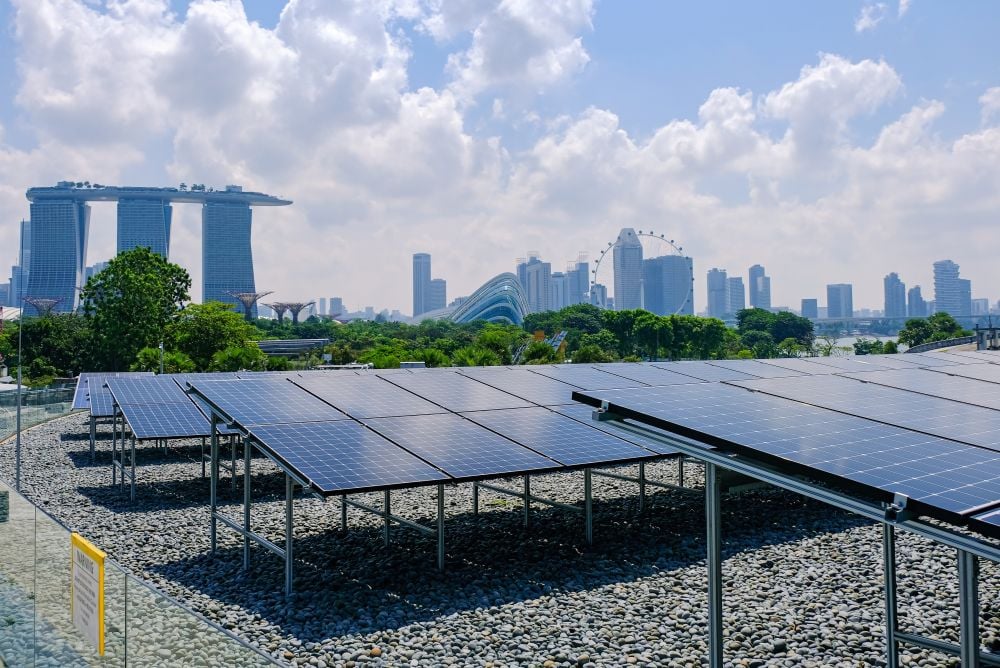Over the course of last year the number of public-private partnerships (PPPs) in the pipeline in China almost doubled to reach 11,260 projects by December 2016, according to the Ministry of Finance (MOF). The investment in this space increased during this period by about 60% to US$1.9 trillion. However, the majority of private sector participation is still dominated by state-owned enterprises (SOEs).
Since the early nineties, local governments which were unable to raise debt on their own books turned to local government financing vehicles (LGFVs) to support China’s booming economy. An IMF Working Paper published last September classes LGFVs as an unregulated second generation form of PPPs, given their structural resemblance as both involve special-purpose vehicles (SPVs) with the goal of developing infrastructure projects for the government over the long-term.
The mounting local government debt in China in the form of these vehicles since the early 2000s raised alarm bells of a potential debt crisis in the country and led to series of reforms in this space. Since 2013, the central government has developed a municipal bond market and fostered the growth of PPPs. They have also implemented a new regulatory framework to promote transparency in PPP projects.
“The PPP format is replacing the old format of LGFVs,” says Shanghai-based Kun Shan, head of China local markets strategy at BNP Paribas. Rather than the relying on the implicit guarantees of the local government, the SPV structure enables the local government and private sector companies to collaborate on the design and operations of the project at hand. “This means there’s more transparency for the private company to understand whether this project is profitable or not,” adds Shan.
Local governments can also include PPP payments on their medium-term budget, if projects satisfy a value for money analysis and the government meets the financial affordability assessment criteria. “This is definitely credit positive,” says Vivian Tsang, associate managing director at Moody’s Investors Service at a roundtable in Hong Kong on March 15. She explains that private investors gain some near-term assurance from inclusion, as the budget process only covers three years (compared to the project investment horizon which can span 15 to 30 years).
The Chinese government is interested in promoting PPPs as it allows local governments to pass on risks to the private sector at a fixed price enabling faster project delivery times, lower costs and improved cost certainty over the project life cycle.
However, the problem with the PPP market in China is that unlike developed markets, the majority of private sector participation is accounted for by SOEs. A recent Moody’s report suggests that only 30% of the current PPP pipeline as of the end of 2016 is solely from third-party private sector developers or investors.
“There’s still a lack of confidence on the private side. So far PPPs are linked to government-subsidized methods of infrastructure investment,” Shan says. The long investment horizon of the projects and limited visibility on local government finances are some reasons why private sector participation is low. “The whole project can be 10, 20, 30 years. They don’t have enough confidence to invest over such a long horizon, with uncertain payoffs. They have to rely on the capital market as well to finance that.”
There is also no clarity on the rates of return the projects can offer aside from government indications that they are at mid-to-high single digits, which deters private investors. SOEs are more likely to participate given that they enjoy lower costs of financing and are resource-rich, thus they are able to bid for these projects despite the lower profitability.
The options for financing in the capital markets are inadequate as well, being funded by shorter tenor loans from domestic and policy banks. “Currently there are not a lot of PPP-related bond issuances, and asset-backed securities (ABS) are not tradeable at the current stage which is why there’s very limited information,” Shan says. “Only if you issue something in the capital market can you have full disclosure.”
To support the development of the market, the MOF and ten financial institutions set up a China PPP Fund worth 180 billion yuan in late 2015. In February of this year the first PPP-backed ABS was launched through a private placement.
Government efforts to refine the China PPP legal and contractual framework as well as the development of capital market instruments are positive steps that aim to encourage private sector participation. The question becomes, when will they will start to bear fruit?
Additional reporting by Michael Marray.









